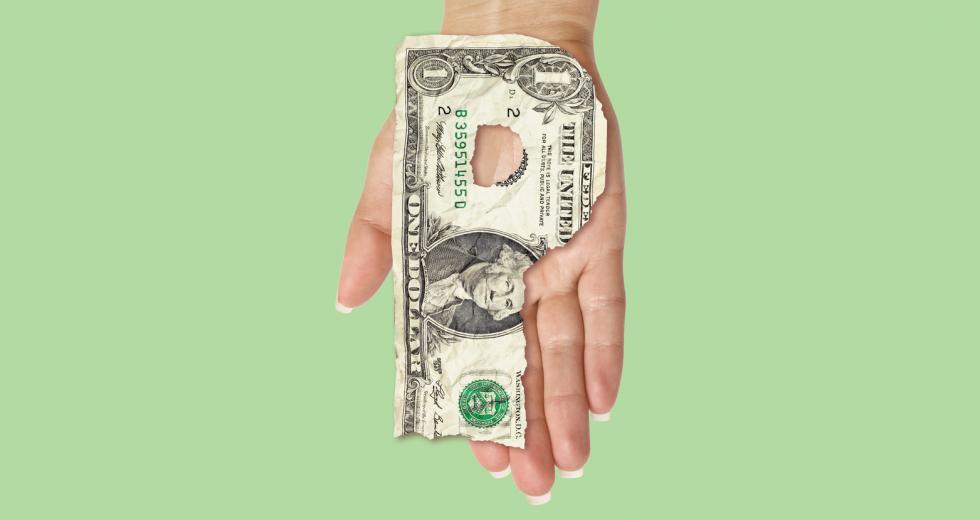(per-ə-tē), n
We’ll be hearing a whole lot of buzz about wage parity this year — in part because groundbreaking research conducted by New York University, University of Pennsylvania and the University of Haifa in Israel identifies flat-out gender bias as the elephant in the room affecting wage parity. This new study, titled “Occupational Feminization and Pay,” is the single most comprehensive study on wage parity in the U.S. to date.
THE BUZZ
In 2015, female full-time workers in the U.S. earned an average of 79 cents for every dollar earned by their male counterparts. African-American and Hispanic women earned considerably less.
STEM education for girls has long been heralded as a powerful solution to the gender wage gap — in part, because research has shown for years that women have a tendency to choose lower-paying career tracts, such as softer social sciences and more nurturing fields like teaching, sociology and nursing. NYU, UPenn and the University of Haifa proved this idea wrong.
Wage parity is often thought of in terms of equal pay for equal work. However, this new research shows that, historically, when women enter a male-dominated field, the field’s pay drops significantly — industry-wide. The plummeting pay of park rangers is just one example. In 1950, the field of parks and recreation was male-dominated. By 2000, it was female-dominated and pay had dropped 57 percent.
THE WORD
But conversely, when men enter a female-dominated field, the field’s pay and status increases. As men have joined the field of nursing, pay and prestige have risen considerably — for both male and female nurses. While this field is still dominated primarily by women, a 2015 study published by the Journal of the American Medical Association revealed that male nurses make considerably more than female nurses in all areas and specialties except for orthopedics. On average, male nurses make $5,100 more than their female counterparts. Male nurse anesthetists make an average of $17,290 more per year than their female counterparts. This phenomenon, in which men enter a female-dominated field and skyrocket to leadership, is known as the “glass escalator.” Our gender biases lead both men and women in the workforce to place a higher value on men’s work.
The pay parity problem in the U.S. is not that women choose fields that are underpaid or lower paid. The problem is that fields pay less when they are female-dominated and more when they are male-dominated. If women achieve equal representation in a given field, but the field is devalued as a result and wages industry-wide are reduced because of female representation, then we have not achieved true parity.
True wage parity demands far more than equal pay for equal work, or equal gender representation in leadership. Parity demands that culturally we perceive men and women as having par value, regardless of ethnicity.



